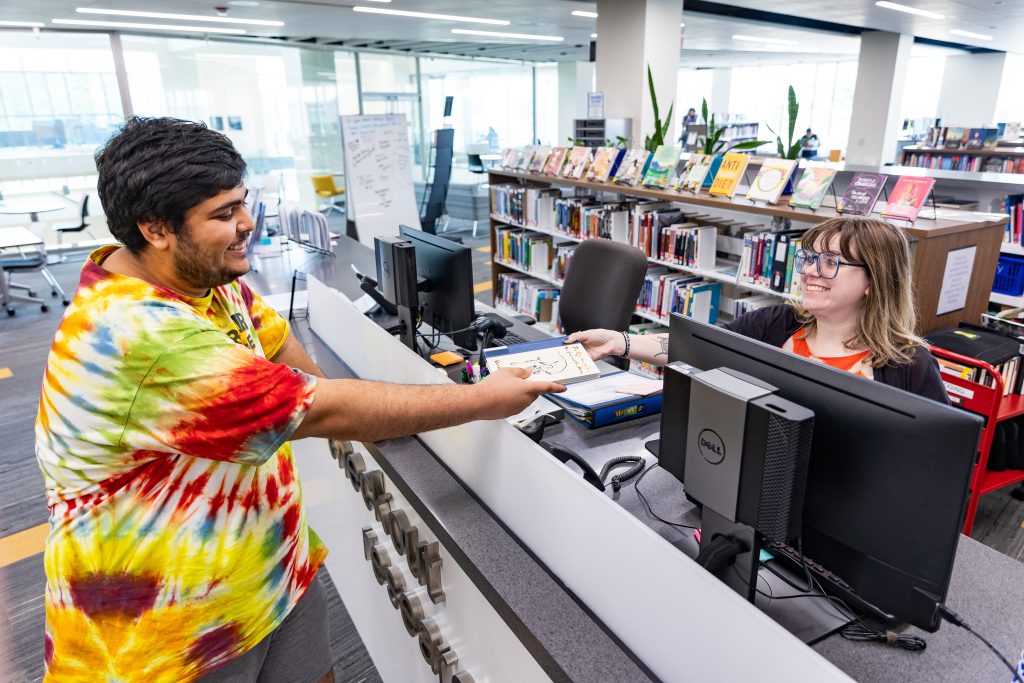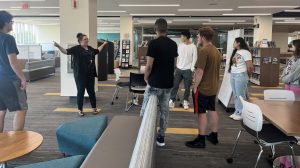Information Literacy and Source Documentation
Introduction

What is information literacy and what does it mean to be information literate? The American Library Association defines information literacy as a set of abilities empowering individuals to “recognize when information is needed and have the ability to locate, evaluate, and use effectively the needed information.[1]” While information literacy is often talked about in schools in terms of doing library research for papers, speeches, annotated bibliographies, and other sorts of classroom assignments, we use and need information in every aspect of our lives!
Think about all of the informal research we do each day. We research in our personal lives, such as looking up movie and book reviews, how-to videos on YouTube, product reviews, and strategies for parenting. We research in our professional lives, searching job ads, information about future careers, tips on interviewing, or even the information we need to do our day-to-day job duties. We all have information needs, large and small, and being able to effectively identify and meet those needs is at the core of information literacy.
In this chapter, we have designed learning experiences to help you:
- Identify types of sources and how they differ from one another
- Describe the kind of search tools you might use and when they are each most useful
- Understand how and why to evaluate information
- Use the information you find ethically and responsibly

- Association of College and Research Libraries. “Information Literacy Competency Standards for Higher Education.” American Library Association, 2000, https://alair.ala.org/bitstream/handle/11213/7668/ACRL%20Information%20Literacy%20Competency%20Standards%20for%20Higher%20Education.pdf?sequence=1&isAllowed=y</a> ↵

